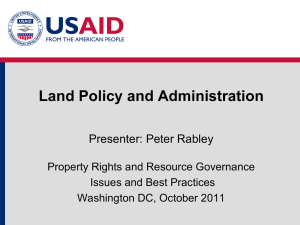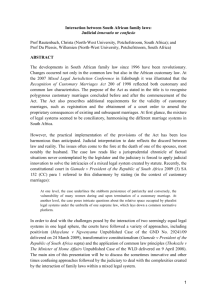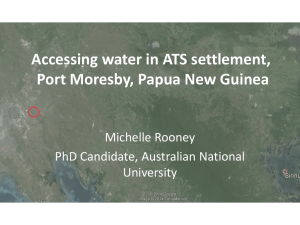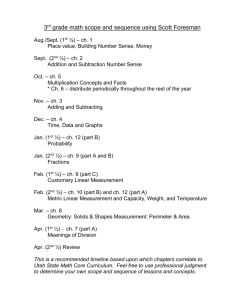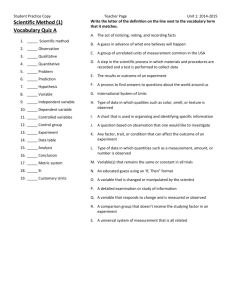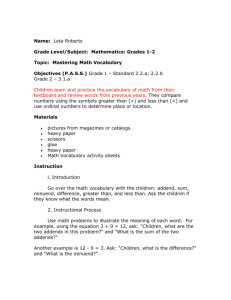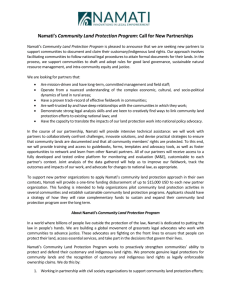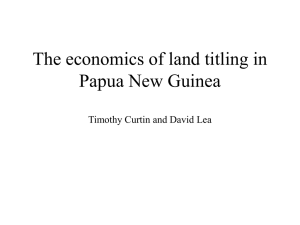Customary Land in Australia and PNG
advertisement
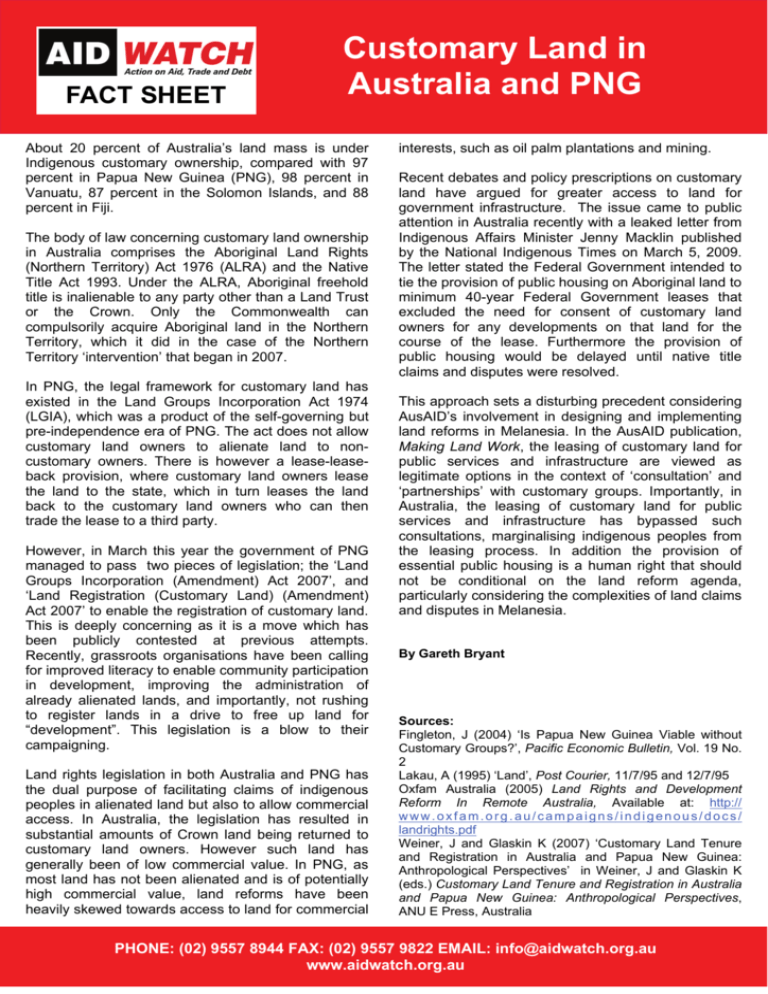
FACT SHEET Customary Land in Australia and PNG About 20 percent of Australia’s land mass is under Indigenous customary ownership, compared with 97 percent in Papua New Guinea (PNG), 98 percent in Vanuatu, 87 percent in the Solomon Islands, and 88 percent in Fiji. The body of law concerning customary land ownership in Australia comprises the Aboriginal Land Rights (Northern Territory) Act 1976 (ALRA) and the Native Title Act 1993. Under the ALRA, Aboriginal freehold title is inalienable to any party other than a Land Trust or the Crown. Only the Commonwealth can compulsorily acquire Aboriginal land in the Northern Territory, which it did in the case of the Northern Territory ‘intervention’ that began in 2007. In PNG, the legal framework for customary land has existed in the Land Groups Incorporation Act 1974 (LGIA), which was a product of the self-governing but pre-independence era of PNG. The act does not allow customary land owners to alienate land to noncustomary owners. There is however a lease-leaseback provision, where customary land owners lease the land to the state, which in turn leases the land back to the customary land owners who can then trade the lease to a third party. However, in March this year the government of PNG managed to pass two pieces of legislation; the ‘Land Groups Incorporation (Amendment) Act 2007’, and ‘Land Registration (Customary Land) (Amendment) Act 2007’ to enable the registration of customary land. This is deeply concerning as it is a move which has been publicly contested at previous attempts. Recently, grassroots organisations have been calling for improved literacy to enable community participation in development, improving the administration of already alienated lands, and importantly, not rushing to register lands in a drive to free up land for “development”. This legislation is a blow to their campaigning. Land rights legislation in both Australia and PNG has the dual purpose of facilitating claims of indigenous peoples in alienated land but also to allow commercial access. In Australia, the legislation has resulted in substantial amounts of Crown land being returned to customary land owners. However such land has generally been of low commercial value. In PNG, as most land has not been alienated and is of potentially high commercial value, land reforms have been heavily skewed towards access to land for commercial interests, such as oil palm plantations and mining. Recent debates and policy prescriptions on customary land have argued for greater access to land for government infrastructure. The issue came to public attention in Australia recently with a leaked letter from Indigenous Affairs Minister Jenny Macklin published by the National Indigenous Times on March 5, 2009. The letter stated the Federal Government intended to tie the provision of public housing on Aboriginal land to minimum 40-year Federal Government leases that excluded the need for consent of customary land owners for any developments on that land for the course of the lease. Furthermore the provision of public housing would be delayed until native title claims and disputes were resolved. This approach sets a disturbing precedent considering AusAID’s involvement in designing and implementing land reforms in Melanesia. In the AusAID publication, Making Land Work, the leasing of customary land for public services and infrastructure are viewed as legitimate options in the context of ‘consultation’ and ‘partnerships’ with customary groups. Importantly, in Australia, the leasing of customary land for public services and infrastructure has bypassed such consultations, marginalising indigenous peoples from the leasing process. In addition the provision of essential public housing is a human right that should not be conditional on the land reform agenda, particularly considering the complexities of land claims and disputes in Melanesia. By Gareth Bryant Sources: Fingleton, J (2004) ‘Is Papua New Guinea Viable without Customary Groups?’, Pacific Economic Bulletin, Vol. 19 No. 2 Lakau, A (1995) ‘Land’, Post Courier, 11/7/95 and 12/7/95 Oxfam Australia (2005) Land Rights and Development Reform In Remote Australia, Available at: http:// www.oxfam.org.au/campaigns/indigenous/docs/ landrights.pdf Weiner, J and Glaskin K (2007) ‘Customary Land Tenure and Registration in Australia and Papua New Guinea: Anthropological Perspectives’ in Weiner, J and Glaskin K (eds.) Customary Land Tenure and Registration in Australia and Papua New Guinea: Anthropological Perspectives, ANU E Press, Australia PHONE: (02) 9557 8944 FAX: (02) 9557 9822 EMAIL: info@aidwatch.org.au www.aidwatch.org.au

